Portfolio
Since our establishment in 2017, we have raised over 2.5 million CHF in competitive research grants. Our projects cover software engineering, development, evolution, and visualization, as well as machine learning and natural language processing. Below is an overview of our active, planned, and completed projects.
Active Projects

X
Institutional Foundations of Industrialization, Financialization, and Globalization of the Swiss Economy. Evidence from 140 Years of the Commercial Registry
Leveraging natural language processing techniques to transform a large corpus of historical documents in structured and geocoded data, to then perform analyses in economics and political science.
Abstract— Over the past century, Switzerland has developed from a relatively poor country into one of the richest industrialised countries in the world. Today, small individual companies compete with multinationals with complex structures that operate in a globalised economy. What were the conditions that made Switzerland's economic success possible? This project traces 140 years of corporate history in Switzerland from a corpus of documents published daily since 1883: the federal registry of commerce. We leverage state-of-the-art machine learning and textual analysis algorithms to extract and classify all relevant information in order to reconstruct the stages in the life of a company, from its founding to its dissolution, including relocations, changes in legal form, mergers, acquisitions and spin-offs, or reorientation of its economic activities. We will document all trademarks registered by companies in Switzerland as well as all bankruptcy proceedings that marked the end of the companies' activity. On top of this data, we investigate three interconnected research projects to explore the institutional conditions that have contributed to the development of the Swiss economy. First, we will examine the consequences of international and inter-cantonal tax competition on the location and organisational structure choices of firms. This analysis will be complemented by a second part focusing on the economic impact of different cantonal regulations and legislation, such as industrial policies or labour laws. Finally, a third part will document how the ownership structure of companies, private or public, national or international, as well as the networks between economic actors, have contributed to the industrialisation and globalisation of the Swiss economy.

Completed Projects
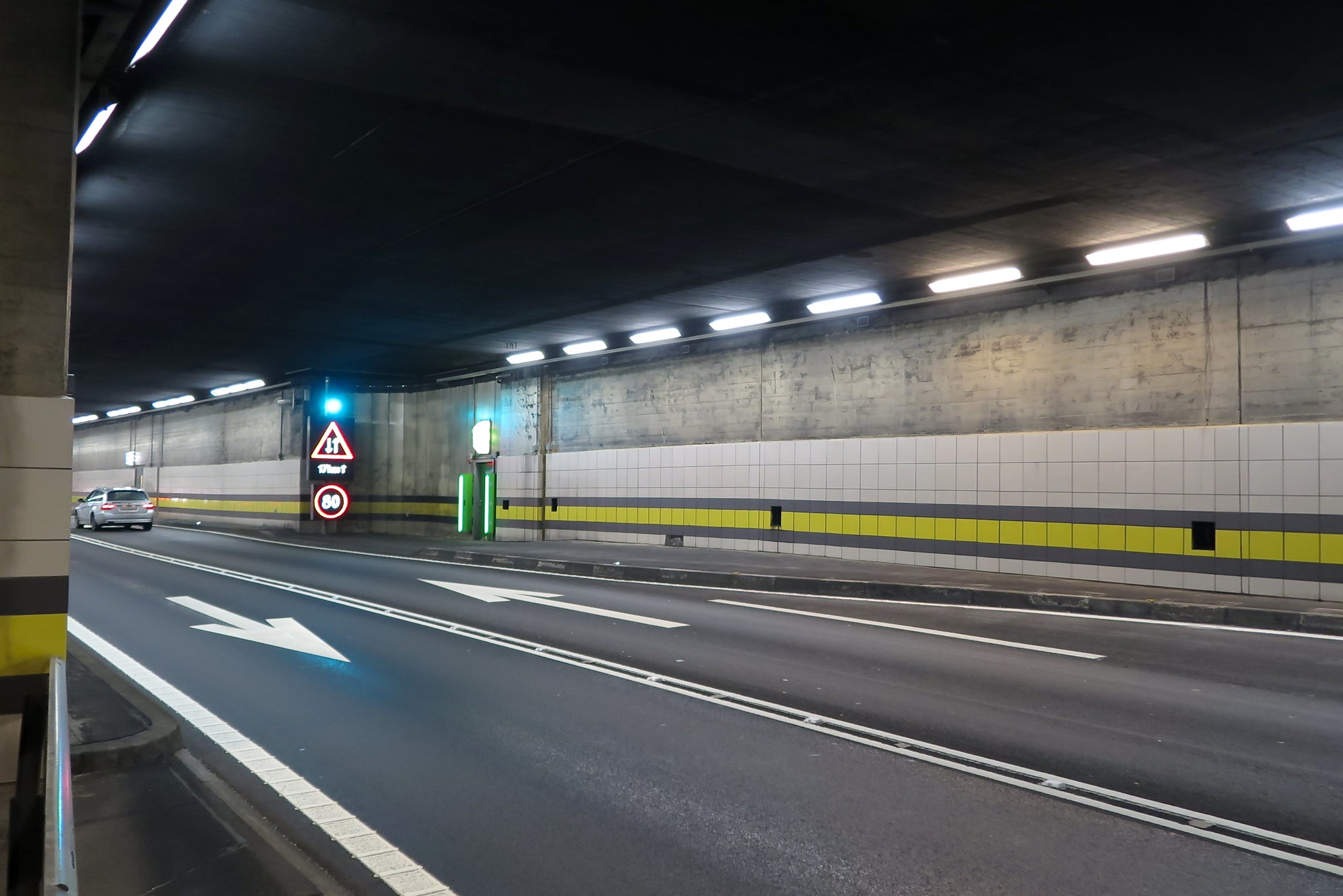
X
TUML - Using UML and BPMN to Model the Structure, Operation and Maintenance of Road Tunnels
In-depth modeling of road tunnels structure and operations using UML and BPMN
Abstract—Managing tunnels in the recent years has become more demanding and challenging mainly due to the increase of traffic volume as well as the aging of the existing structures that must comply to more strin-gent standards than those applicable at the time when they were built In this project, we evaluate the use of UML to model the different processes necessary for the operational and safety management of a tunnel, starting from the management of static data, the management of minimum operating conditions, maintenance and inspection activities, including the management of information, protocols and certifications. These modeling frameworks then provide the tunnel administrator (FEDRO) with tools to standardize the processes of the management at the federal level. There are many different actors involved in the tunnel operation, starting from the administrative owner, the tunnel operating center (Police), the tunnel maintenance division, the Safety Officer (SiBe) and the intervention teams. The use of UML makes it possible to standardize the way in which we communicate internally and exter-nally about all aspects of tunnel operation and maintenance. It creates a common language for every-one, facilitates the passage and understanding of information, makes the implementation of measures uniform and unambiguous, and allows the use of models that can be easily adopted in different geo-graphical and linguistic regions.


X
Sphere Two: Swiss Pavilion @ Expo 2025
An interactive AI-powered installation at the Swiss Pavilion at Expo 2025, where visitors’ whispered wishes become floating soap bubbles and projected topics.
Abstract—The Swiss Pavilion at Expo 2025 Osaka features an interactive art-science installation that invites visitors to express their wishes for the future. Participants will whisper their hopes into illuminated rings around a central lake, triggering the formation of floating soap bubbles. These bubbles, some filled with mist, symbolize the manifestation of collective aspirations. A key innovation of this installation is the integration of AI-powered data analysis. The system will capture spoken wishes in English and Japanese, convert them to text, and categorize them into thematic clusters. The most frequently mentioned themes (e.g., "peace," "sustainability") will be dynamically projected in the tunnel between Sphere 2 and 3, enriching visitor engagement. CodeLounge is the Partner in charge of developing the AI solution, ensuring seamless processing and visualization of visitor inputs.

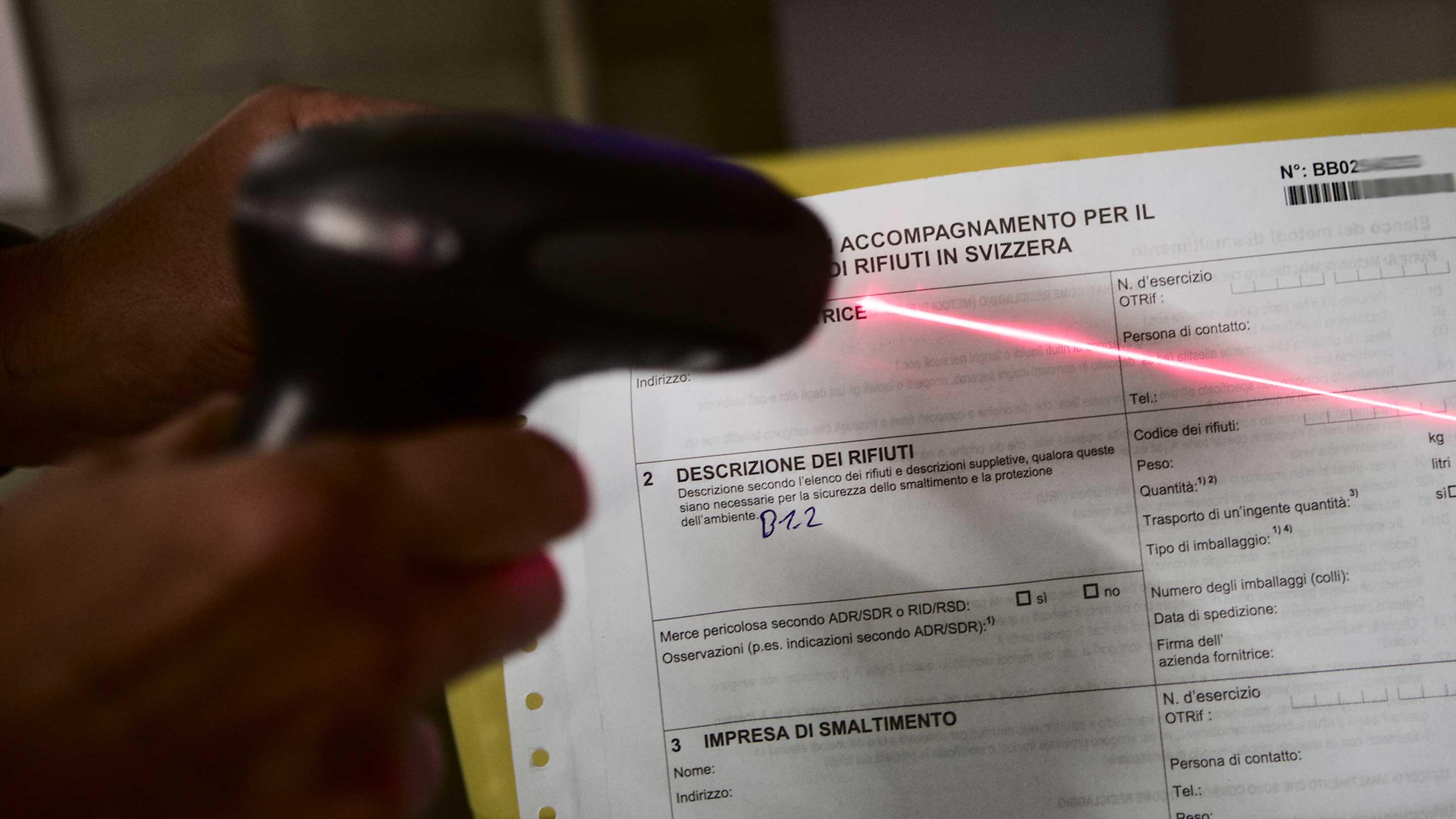
X
E-waste: Cheap and Smart Boxes for Medical Waste Management
Analytics system to track the full lifecycle of medical waste, geo-locate individual boxes, and understand trends and patterns from aggregated data.
Abstract—The e-waste project is about creating and testing an innovative medical waste tracking system. This system will enable the real-time tracking of clinical waste, to ensure a correct disposal and allowing the optimisation of the disposal process and administrative management through the collection of information.


X
StringsART
Research documentation management with smart tags and custom visualization
Abstract—StringsART is a project for the management of documentations (including research papers) on musical instruments. The system offers various features including smart searches, tagging management, and automatic insertion of paper metadata from DOI.

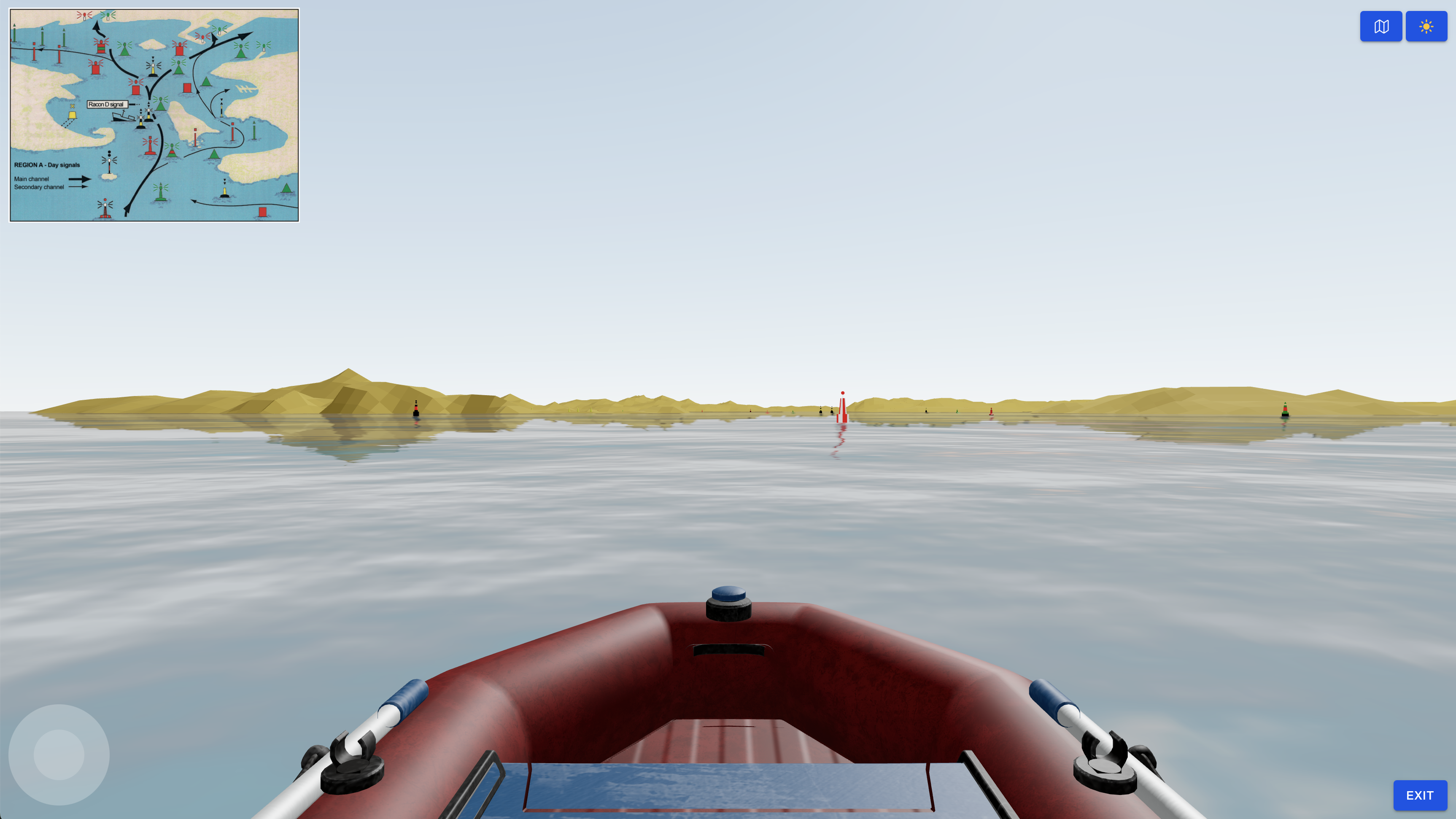
X
From Theory to Practice: Realistic Navigation Training in Virtual Seas
A VR prototype for nautical training that enables users to navigate boat routes in an open-world 3D environment with realistic navigational marks and dynamic sea conditions.
Abstract—We developed a virtual reality (VR) software prototype that allows users, such as nautical students, to actively navigate boat routes in a three-dimensional (3D) environment. The routes include navigational marks (beacons and buoys) based on the standards of the International Association of Marine Aids to Navigation and Lighthouse Authorities (IALA). This enables users to observe and familiarize themselves with these marks under varying conditions, such as daytime and nighttime visibility, fog, and different wave sizes. The 3D environment, including the navigational marks, is designed using 3D modeling software and then integrated into an application that simulates diverse environmental conditions. The prototype provides an open-world navigation experience and is available as both a web application and a fully immersive WebXR-based VR experience on headsets such as the Meta Quest 3.

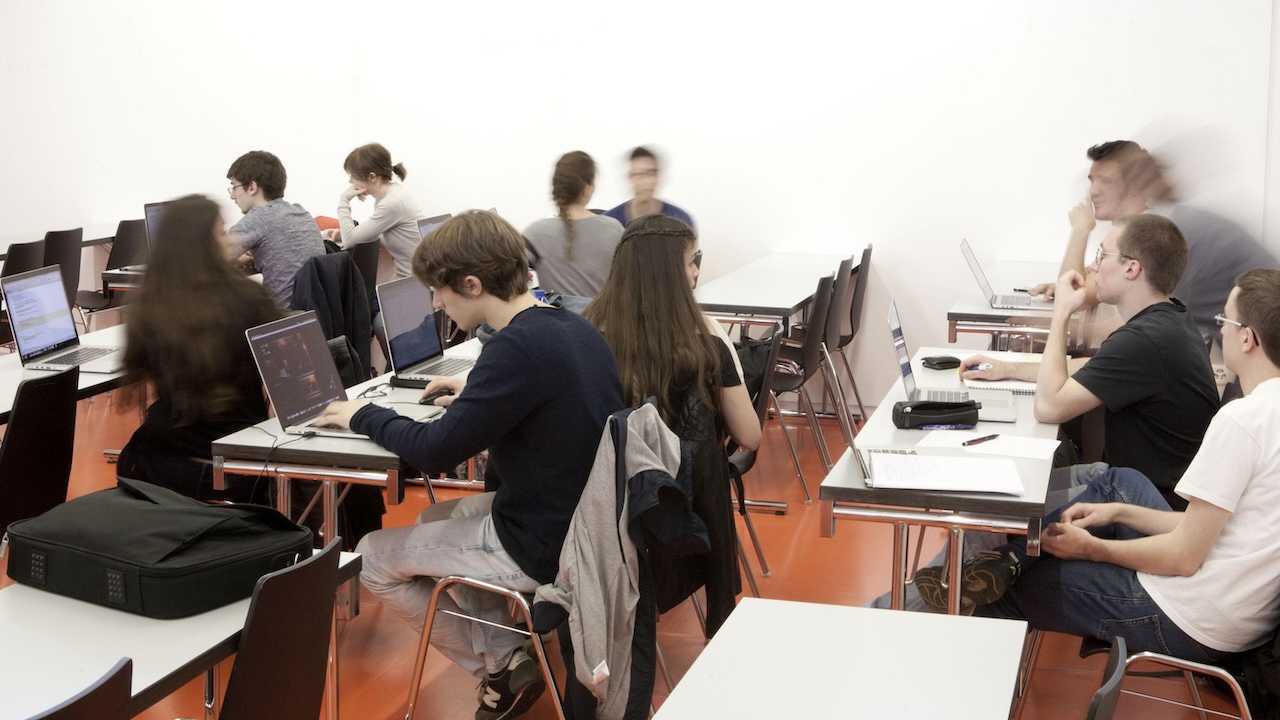
X
Serious Game for Urban Economics Education
A Serious Game to teach Urban Economics built by students of Informatics for students of Economics
Abstract—This teaching innovation project, founded by a dedicated program of Università della Svizzera italiana, involves two courses in two different disciplines: the Software Atelier 4 (SA4) course of the Bachelor of Informatics, taught by Dr. Andrea Mocci, and the course of Regional Economics and Policy (RE&P) of the bachelor of Economics, taught by Prof. Raphaël Parchet. The SA4 course is focused on teaching the basic concepts of software engineering through theory and practice: The students usually have to build a significant software system using state-of-the-art technologies and following the best practices of the discipline, in relatively large teams. This project will allow the students of the SA4 course to build a so-called serious game to support teaching the concepts of the RE&P course, like exploring the effect of different policies (e.g., zoning or transportation network policies) on housing prices and the income segregation within a monocentric city.


X
Firms and tax competition in the digital economy: a data platform for geo-temporal network analysis
Building a data platform on network of firms that supports geo and temporal analysis
Abstract—Digitisation is rapidly transforming local economies. Businesses are becoming increasingly mobile and integrated into complex networks. Formerly competitive markets are becoming more concentrated, thus threatening the growth prospects of peripheral regions. In this context, tax competition can be harmful. The purpose of this project is twofold: firstly, we will build an open and scalable data platform that makes it possible to follow companies in time and space, from their foundation to their removal from the commercial register, and to obtain information regarding their legal and network structure. Secondly, we will study the effects of tax competition on the location choices of businesses, as well as on their organizational and network structure. We will pay special attention to the new sectors of the digital economy.


X
Improving smartphone e-commerce experience with augmented reality and photogrammetry
From pictures to models, from models to augmented reality: trying out clothes and accessories in AR
Abstract—We devised an approach that combines photogrammetry techniques, phone cameras and sensors, as well as phone operating systems API to create 3D models of objects and projecting them in AR. The aim is to try out clothes and accessories before purchasing them. The approach was implemented as an iOS prototype.


X
AgriFood
A software platform to connect investors with small-scale agroecology farmers with the aim of improving healthy nutrition, socio-economical, and environmental impact.
Abstract—Development of a prototype of a platform that connects donors and investors with small-scale agroecology farmers and agribusinesses. The platform offers a choice of sustainable changes /actions that are evaluated for their impact holistically in three dimensions: healthy nutrition, socio-economic impact, and environmental impact. The prototype allows the users to find interesting projects and farms. Then they can assess the crop distribution for potential improvements (environmental and financial indicators), before potentially taking a decision to invest.


X
Software quality assessment for Justitia 4.0
In-depth analysis of a large software system from multiple perspectives (design, code quality, documentation, technical debt, etc.), leveraging custom code models, metrics, and visualizations.
Abstract—Commissioned by the Justitia 4.0 consortium, we performed an in-depth analysis of a large, complex, and long-lived software system for the digitization of justice. To this aim, we analyzed the software from multiple perspectives, including testing, design, modularity, code quality, documentation coverage, security, technical debt, licensing, dependency aging. To complete the analysis we developed novel ad-hoc models of software as well as metrics, aggregation strategies, and visualizations.

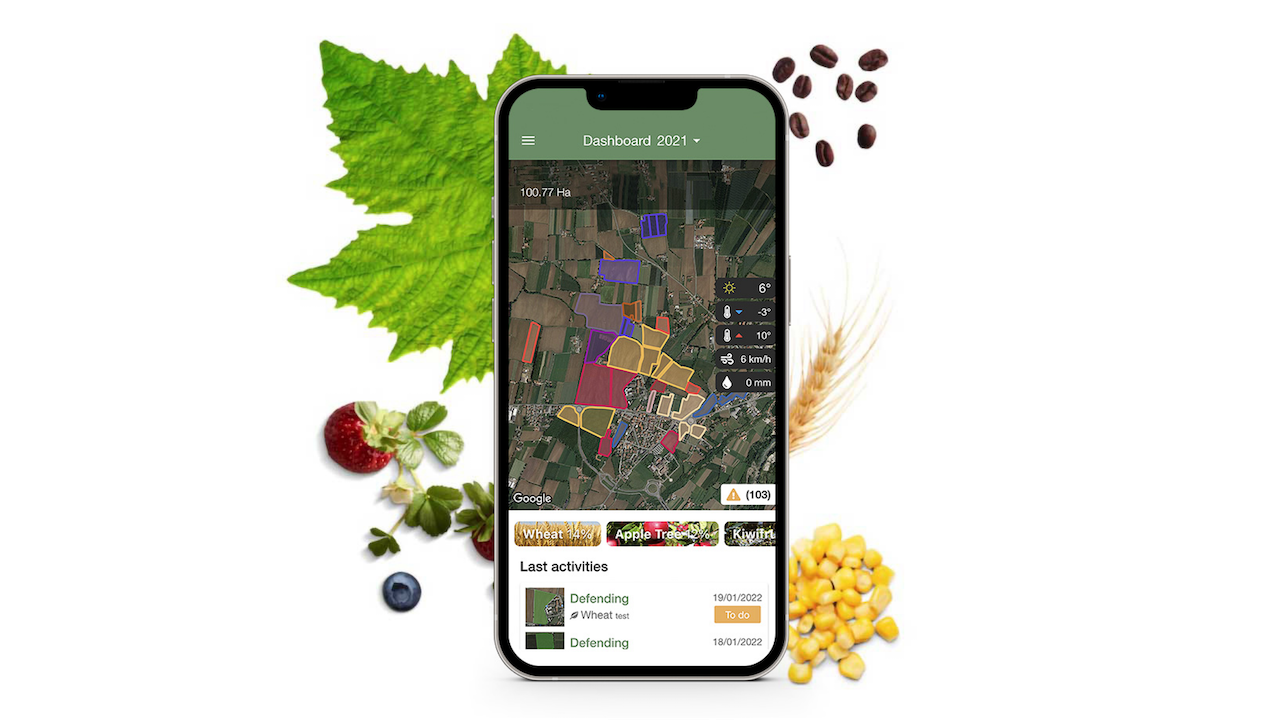
X
XFarm
Detecting the number of specific breeds of insects starting from a photo, leveraging remote ML models and lambda functions.
Abstract—We devised an approach to detect the number of specific breeds of insects starting from a photo taken by an on-field trap. We implemented a lambda function together with the surrounding infrastructure that was triggered by the creation of the photo. It would then run this image through a remote ML model and persist the count and coordinates on a database, where we implemented a technique to notify clients that the detection was run.

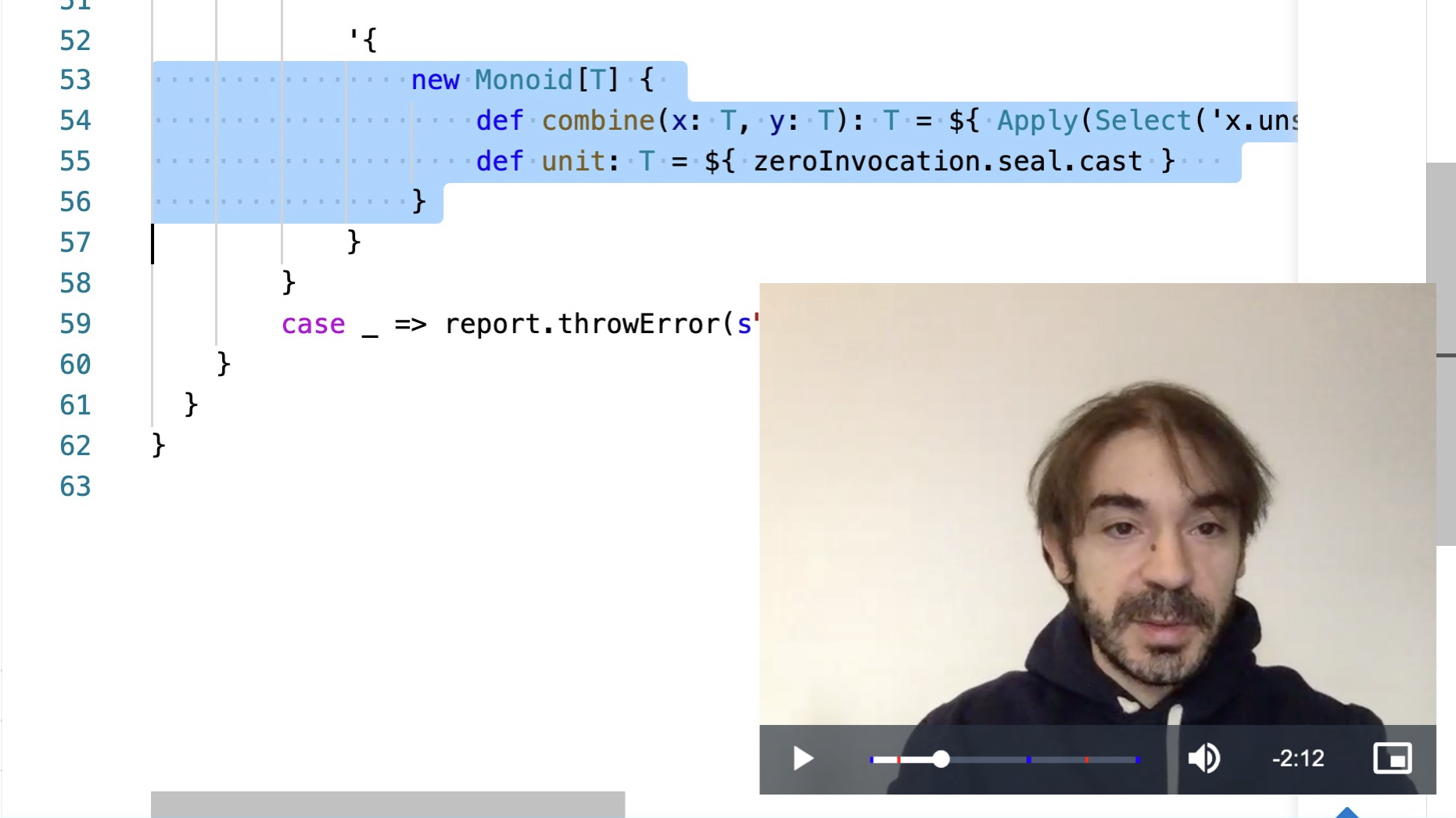
X
Beyond Watching: Next Generation Programming Tutorials Leveraging Interaction Data
Making video tutorials fully interactive by leveraging IDE interaction data
Abstract—This project investigates a next generation approach to author, deliver, and experiment with programming video tutorials and lectures by leveraging the research performed in the past few years in mining interaction data, and in particular the experience we had building Tako. In such an integrated platform, which is a customized version of Visual Studio Code, users are able to fully navigate the tutorial in all media dimensions, from video to slides, and from accompanying resources to code, enabling full experimentation by the learner. The user can fast-forward and rewind the video stream of the instructor and the IDE state. More importantly, each state can be inspected and modified at any time, for example to check the types of variables or the full context around the currently edited code. Our platform has the potential to significantly improve the way video tutorials are produced and perused and thus the way programming teaching and training are performed.


X
Smart Pantry: Virtual Kitchen Assistant
Transforming supermarket receipts into a consumption dashboard
Abstract—We devised an approach to (1) automatically transform pictures of supermarket receipts in list of food items, together with their prices and discounts, and (2) resolve the extracted items with existing products from a database. The approach, based on a novel algorithm, was implemented as a smartphone app for iOS devices. The app also includes a preliminary consumption analytic dashboard and other features to assess which food items should be consumed first.

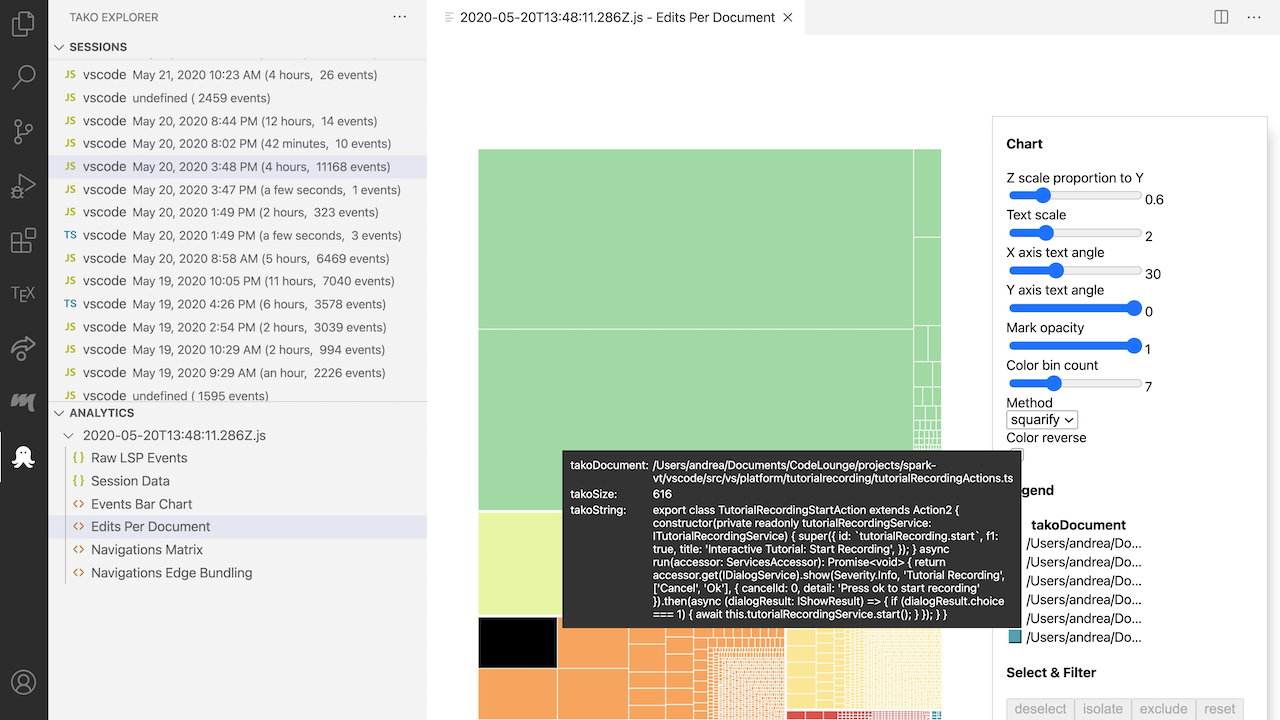
X
Collecting and Visualizing Development Activities in Visual Studio Code
Tracking low-level IDE interaction events and transforming them into meaningful data to understand our own productivity
Abstract—We developed a Visual Studio Code (VSC) plugin that collects, aggregates, and visualizes interaction data. It collects fine-grained raw interaction data from VSC, based mainly on a language independent protocol and thus it supports multiple programming languages. It aggregates the collected raw data into development activities (e.g., navigation, editing) and provides a set of interactive visualizations to help developers reflect about their activities, and ultimately understand how they are spending their time.


X
myUSI Research & Teaching Support Platform
Management and analytics for the University
Abstract—Development of a modular system for the management of various aspects of a University. Two modules were developed: research and teaching. The first one is about managing the data about research grants, including "pull-request" type of functionalities to modify the data, and visual analytics to study the data from multiple perspectives. The teaching module is to support the creation and management of study programs, courses, etc.
